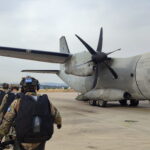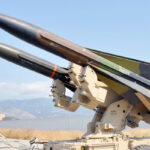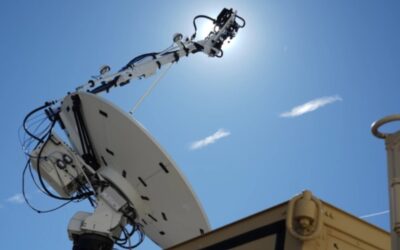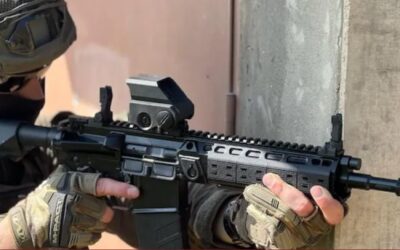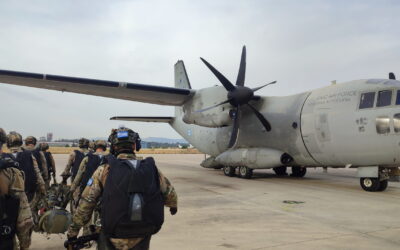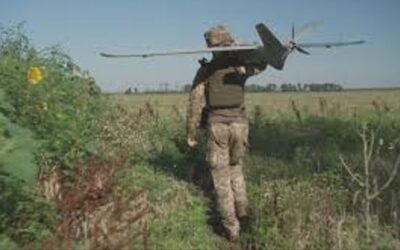The US Space Force has unveiled its new Remote Modular Terminal (RMT) weapon system. The system has completed its…
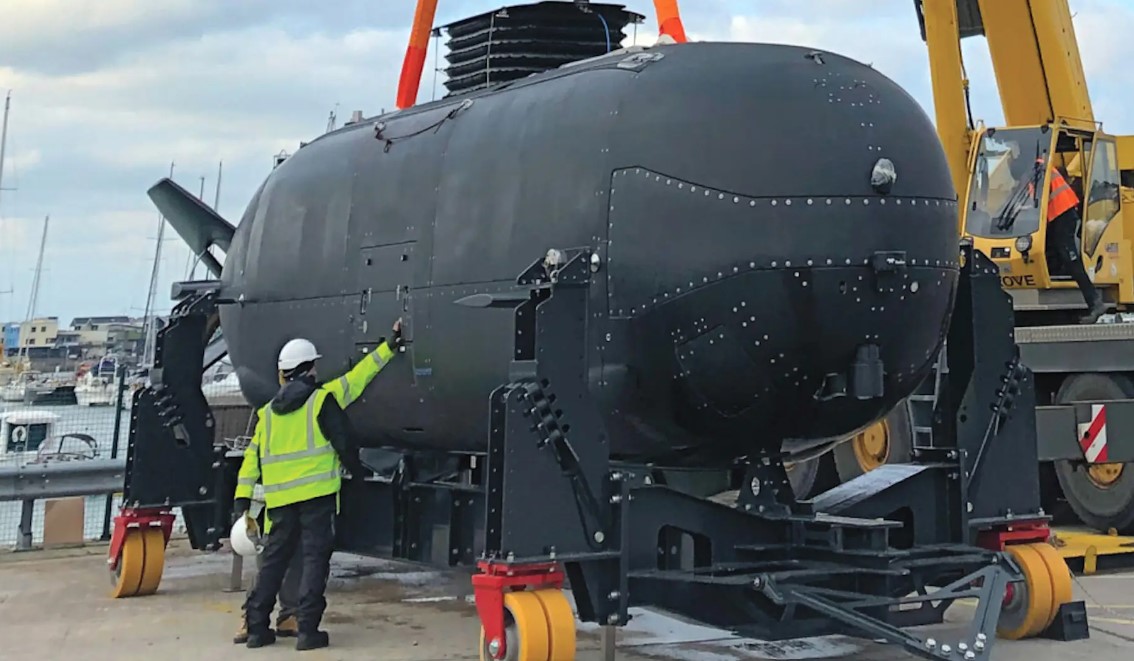
The US Navy’s newest special operations mini-submarine has now officially entered service.
According to Lockheed Martin, the new Dry Combat Submersible (DCS) allows the occupants to travel to and from their destination submerged, but without being immersed in frigid water the whole time. This is a capability the US Navy has been working to acquire for decades now.

To date, Lockheed Martin has delivered two DCSs to the Navy and is finishing work on a third example.
The DCS is derived from a mini-submarine design called the S351 Nemesis from MSubs in the United Kingdom. MSubs has been part of the Lockheed Martin-led team designing and building the DCS since the US company began work on the project in 2016.
DCS’s technical characteristics:
- Displacement: 30 tons
- Length: 12 meters
- Draft: 2.4 meters
- Propulsion system: electric motors
- Speed: 9.3 km/h
- Beam: 2.4 meters
- Range: 110 km
- Endurance: 24 hours
- Depth: 100 meters
- Transport capacity: 2 crew and 8 SEALs / cargo weight up to 1 ton
Also read: Hellenic Navy | Anti-torpedo countermeasures for submarines
More importantly, the DCS has a self-contained lock-in/lock-out chamber on top of the hull. As seen in the video below, the service’s existing vehicles are so-called “wet” submersibles where their occupants operate fully exposed to the water. This can create extreme cold conditions, while at the same time, it increases operator fatigue presenting potentially serious health risks.
In addition to this, officials also highlight how current systems do not allow their occupants to hydrate, since they have to wear wetsuits and scuba gear the entire time. This is another potentially significant issue for longer transits.
Yet, the Dry Combat Submersible platform has the potential to change the parameters of undersea warfare, as it provides safe, clandestine delivery for occupants over long distances in a completely dry environment. Hence, occupants arrive at the mission warm, rested, hydrated, and ready.
This also means operators can return to their recovery point in the same way after a mission, which may have been conducted entirely underwater. As such, DCSs could also be used to help insert special operations forces ashore or extract them.
Also read: Meet the Navy Seals’ Delivery Vehicle (SDV) – VIDEO
The DCS does have limitations, largely due to its size. Unlike its peer antagonists, the new mini-submarine is too big to be launched from submerged submarines via currently available Dry Deck Shelters (DDS) or larger DDSs which the service is working to acquire now. The Navy’s Virginia-class attack submarines and Ohio-class guided missile submarines are the only ones that can be configured to carry DDSs at present.
Currently, the DCS will have to be deployed via a mothership on the surface, such as an amphibious warfare vessel. The Navy has also been looking at ways to more rapidly deploy the first-generation DCSs using US Air Force C-17A Globemaster III cargo aircraft.
With this in mind, the US Navy is already eyeing a follow-on system (DCS Next) and wants that improved design to be deployable from a Virginia-class attack submarine.
The Navy has been trying to acquire a DCS-like capability for decades now. The service had begun to lay out requirements for what became known as the Advanced SEAL Delivery System (ASDS) in the 1980s!
Also read: Shadow Seal | JFD’s submarine at SOFIC 2022 exhibition – VIDEO and Photos
READ MORE
ASCANIO | Made-in-Cyprus Mixed Reality training
https://defenceredefined.com.cy/ascanio-made-in-cyprus-mixed-reality-training/Technology is advancing at an accelerated pace and so do the training requirements of those holding high-risk positions.
IWI | Introduces Micro Folding Battle Sights to enhance Co-Witness capabilities
IWI (Israel Weapon Industries), a member of the SK Group, has unveiled its new Micro Folding Battle Sights (MFBS).
HNDGS | Bilateral joint training between Greece and Poland – Photos
The bilateral joint training between the Armed Forces of Greece and Poland, in the wider area of Attica, was completed on Thursday…
Sielman | Contract for support of the HAWK anti-aircraft system
The US Department of Defence has awarded a $49.9 million contract modification to Greek company Sielman S.A. to provide diagnostic and…
Hellenic Entrepreneurs Association | Ideas & Positions for the Promotion of Greek Entrepreneurship
The members of the Hellenic Entrepreneurs Association (E.E.N.E.) participated in a roundtable discussion entitled “Ideas, Positions…
Ukraine | Increase in defence spending by 367 million euros for the acquisition of drones
Kiev is increasing spending by 15.5 billion hryvnias (367 million euros) to bolster Ukraine’s armed forces with drones, according to…
HMoND | The legislative initiative for HCDI is under consultation
The legislative initiative of the Ministry of National Defence, under the title: “Establishment of the Hellenic Center for Defence…
Russia | Cluster bombs hit residential area in Odessa
Images from Russia’s strike in the heart of Odessa, which hit the so-called “Harry Potter Castle”, a former politician’s mansion now…








